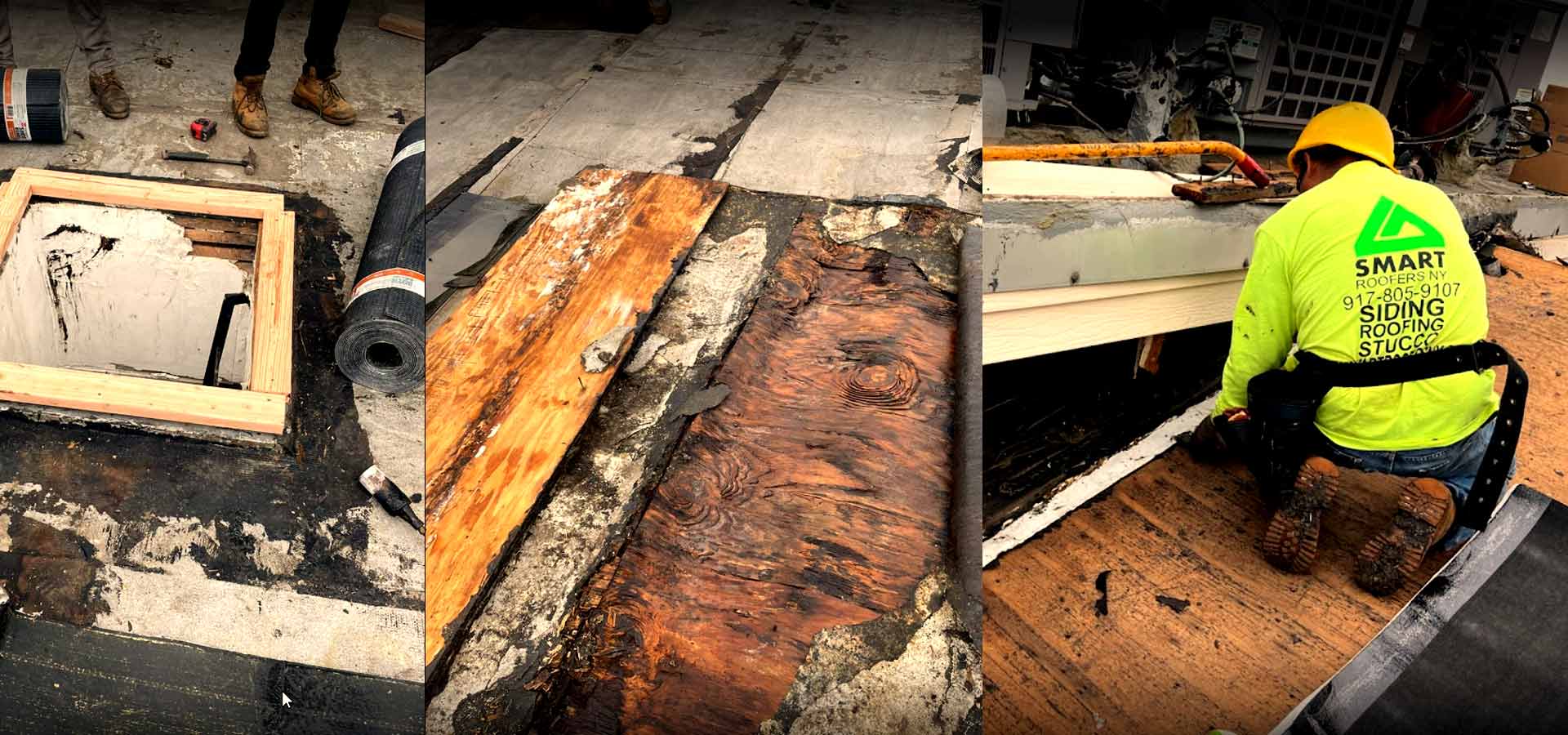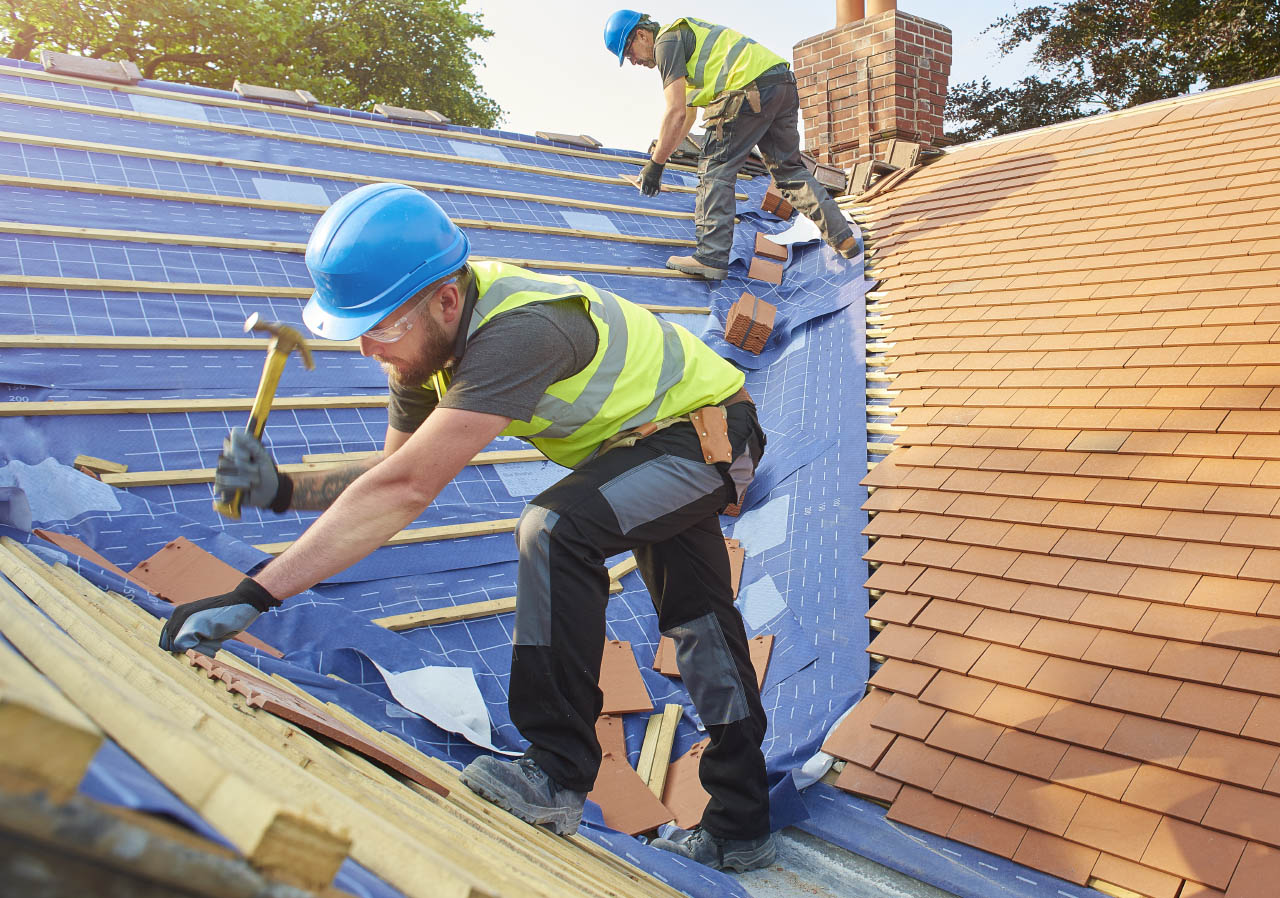Understanding the Different Types of Roofings: A Comprehensive Overview for Homeowners
With a range of alternatives-- ranging from the traditional gable to the modern flat-- each kind provides special benefits and difficulties that must line up with the home owner's particular demands and environmental considerations. As we check out the details of different roofing kinds, it ends up being obvious that one dimension does not fit all; the ideal option might amaze you.
Saddleback Roof
Gable roof coverings, defined by their triangular shape, are amongst one of the most preferred roofing designs because of their simplicity and efficiency in dropping water and snow. This style features two sloping sides that satisfy at a ridge, allowing for effective drain and lessening the danger of water accumulation. The steep pitch typically connected with saddleback roofs improves their capacity to take care of hefty precipitation, making them suitable for various environments.
Along with their useful advantages, saddleback roofs use aesthetic convenience. They can be adjusted to numerous architectural designs, from traditional to contemporary homes. The style can also suit extra features such as dormer windows, which enhance all-natural light and ventilation in the attic space.
Moreover, saddleback roofs supply enough room for insulation, adding to energy effectiveness. Home owners can pick from a range of roof products, including asphalt tiles, metal, and tiles, even more improving customization choices.
Regardless of their benefits, saddleback roofs may need additional support in areas prone to high winds or heavy snowfall. Overall, the gable roof covering continues to be a popular choice due to its mix of capability, longevity, and aesthetic appeal.
Flat Roofs
Level roof coverings are typically recognized for their minimalist style and practical applications, especially in industrial and commercial setups (oahu roofing). These roofing systems feature a almost horizontal or horizontal surface area, which permits easy building and construction and versatile area usage. While they might lack the visual charm of pitched roofs, level roofing systems use numerous advantages, especially in metropolitan atmospheres where optimizing room is important
One of the main advantages of level roof coverings is their availability. Homeowners can make use of the roof covering area for various purposes, such as rooftop gardens, terraces, or photovoltaic panel installments. Additionally, flat roofings are usually more economical to preserve and set up compared to their sloped counterparts, as they need fewer products and labor.
However, flat roofing systems do existing certain challenges. Proper drain is important to prevent water pooling, which can result in leaks and structural damage. For this reason, choosing premium waterproofing products and regular examinations are vital for making sure long life. Typical materials used for level roofing systems include built-up roofing (BUR), modified bitumen, and single-ply membrane layers, each offering unique benefits. Overall, flat roofings offer as a practical and adaptable choice for lots of property owners and businesses alike.
Hip Roofing Systems
Hip roof coverings are defined by their sloped sides that converge at the top, forming a ridge. This layout is distinct from saddleback roofs, as all 4 sides of a hip roof incline downwards toward the wall surfaces, providing an extra steady structure. The angle of the inclines can differ, enabling for versatility in building aesthetic appeals and capability.
Among the primary advantages of hip roofs is their capability to hold up against heavy winds and adverse climate conditions. The sloped surfaces make it possible for better water drainage, minimizing the risk of leakages and water damages. Furthermore, hip roofing systems use raised reference attic room room, which can be made use of for storage or even exchanged habitable locations.
Nonetheless, building a hip roof can be a lot more intricate and expensive than easier roofing system kinds, such as gable roofing systems. The additional product and labor associated with developing the slopes and guaranteeing proper structural stability can bring about greater costs. Regardless of these disadvantages, numerous homeowners favor hip roofing systems for their durability, aesthetic appeal, and capacity for energy effectiveness.
Mansard Roofings
Mansard roofing systems, frequently identified by their one-of-a-kind four-sided design, attribute 2 inclines on each side, with the official source lower slope being steeper than the upper. This architectural style, stemming from France in the 17th century, is not only cosmetically appealing yet useful, as it makes best use of the functional room in the upper floors of a structure. The steep reduced slope permits more headroom, making it an ideal selection for loft spaces or attics, which can be exchanged living rooms.
Mansard roofings are characterized by their versatility, accommodating numerous building styles, from standard to contemporary. They can be built with various products, including asphalt roof shingles, slate, or metal, giving house owners with a variety of choices to suit their preferences and spending plans. In addition, the style enables the integration of dormer home windows, enhancing all-natural light and ventilation in the upper degrees.
However, it is essential to consider the potential drawbacks. Mansard roof coverings might need even more upkeep as a result of the intricacy of their layout, and their high slopes can be challenging for snow and rain drainage. In general, mansard roof coverings combine style with practicality, making them a popular choice among house owners looking for unique building functions.
Shed Roof Coverings
As house owners increasingly look for simpleness and capability in their architectural designs, dropped roofing systems have become a preferred selection. Identified by a single sloping aircraft, a shed roofing provides a minimal visual that enhances different home styles, from contemporary to rustic.
Among the key benefits of a shed roof is its uncomplicated construction, which often equates to lower labor and product costs. This layout enables for reliable water drainage, minimizing the threat of leakages and water damage. Furthermore, the upright incline gives adequate room for skylights, improving all-natural light within the interior.
Shed roof coverings likewise offer flexibility in terms of usage. They can be efficiently integrated right into enhancements, garages, or exterior frameworks like sheds and structures. Furthermore, this roofing system design can fit numerous roofing materials, including metal, asphalt tiles, or even eco-friendly roofings, straightening with green efforts.
Nonetheless, it is necessary to think about local climate problems, as hefty snow lots may require modifications to the roof covering's angle or framework. Overall, shed roof coverings present a functional and visually pleasing choice for homeowners wanting to optimize performance without jeopardizing style.
Conclusion


Gable roof coverings, defined by their triangular form, are among the most prominent roofing designs due to their simpleness and efficiency in shedding water and snow. oahu roofing. The high pitch commonly linked with gable navigate to these guys roofs boosts their ability to manage hefty rainfall, making them suitable for various climates
While they might lack the aesthetic charm of pitched roofing systems, level roofs supply numerous advantages, specifically in city atmospheres where making the most of area is essential.
